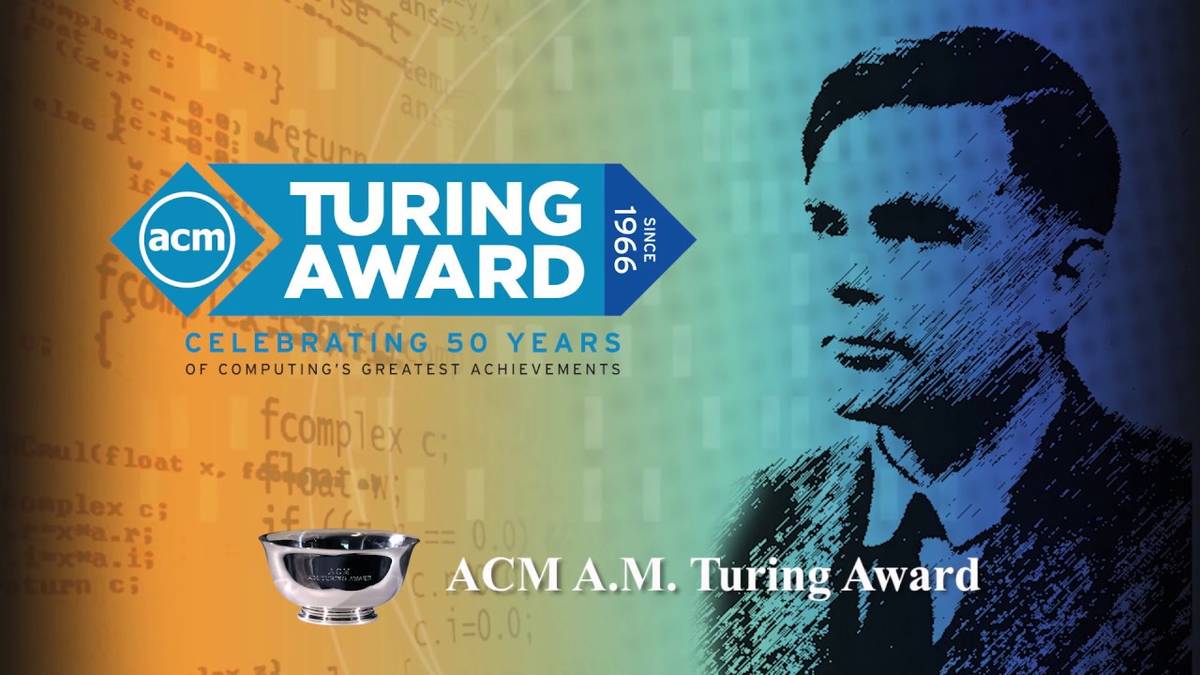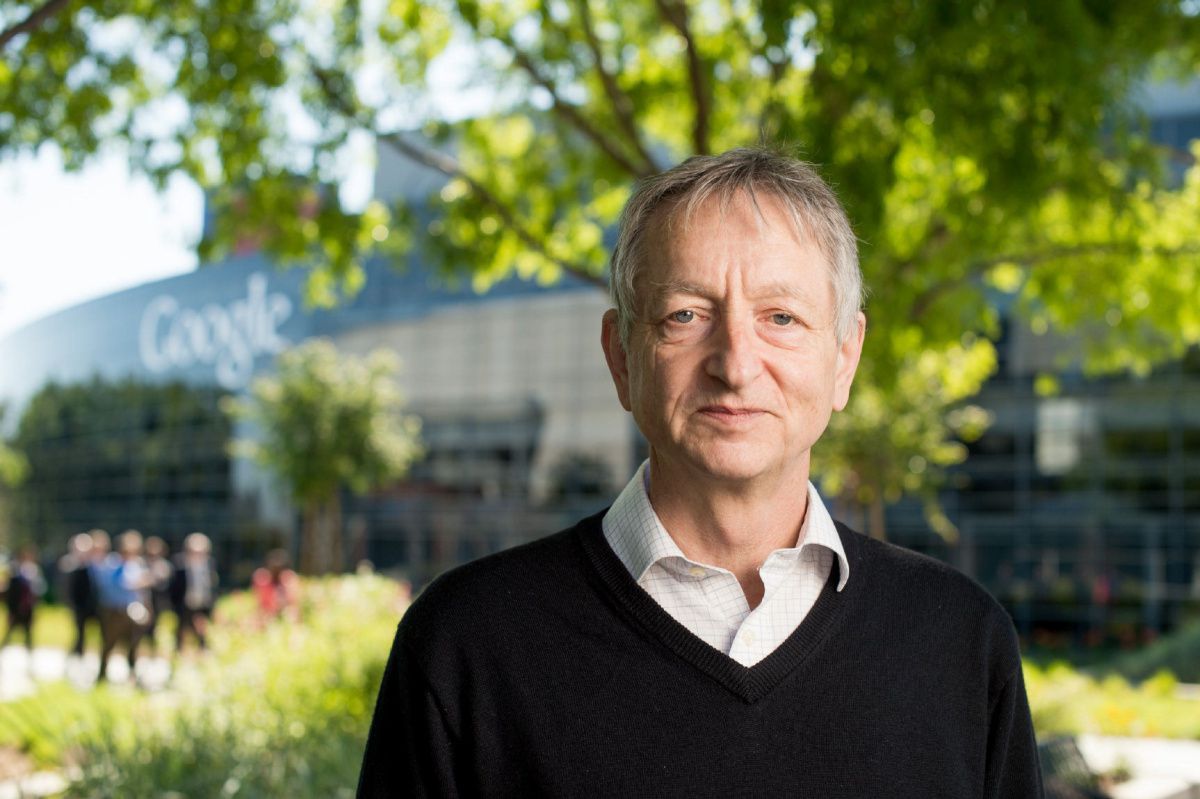The Turing Award is the technologic countepart to the Nobel Prize. Since 1966, it’s been the most sought-after tribute by researchers working in the IT field.
Unsurprisingly, this year the Turing Award was assigned to Geoffry Hinton, Yoshua Bengio and Yahn leCun – the three minds behind the current development of the Artificial Intelligence. Today’s many technological advancements would not be feasible without the outstanding results of their researches on “deep learning”.
Virtual assistants like Siri and the late Cortana, Google’s search algorithms and the interactive functions of smartphone and other smart devices all benefit, in different degree, from Hinton, Bengio and LeCun’s work on Artificial Intelligences.
A pioneeristic work, spanning across decades and which is by no means past its prime, as we’ll see.
The 2018 Turing Award and a million dollars to the “fathers” of the AI
Yet it’s wrong to think of the Turing Award as a merely academic tribute. With it comes a reward of roughly one million dollars.
The money is going to finance further research in the development of Artificial Intelligences and of increasingly evolved digital neurosystems.

The award will be officially assigned on June 10th, during an official ceremony.
On what grounds was this prestigious award assigned to Hinton, Bengio and LeCun, though?
According to the AMC (Association for Computer Machinery), the three researchers took the informatic knowledge of their time into new and unexplored directions.
Originally, computers were but machines developed to follow specific sequences of commands. Through deep learning, instead, the neural networks of AIs can reach the most logical solutions to perform actions or face unexpected difficulties.
Geoffrey Hinton and the Artificial intelligence development
Geoffrey Hinton‘s research took off in just this particular reaction. The developer is one of the three AI’s forefathers who were awarded with the 2019 Turing Award.
British professor Hinton is Google’s vice-president and runs his researches in Mountain View. He’s also a teacher at the University of Toronto.

His work explored the logical processes of the human brain. Hinton thus developed neural network systems emulating said logical processes.
Neural networks are the premises for the development and learning of Artificial Intelligences. Which grow increasingly complex, adapting to the surrounding reality.
Yoshua Bengio and the risks of AIs used for military purposes
Yoshua Bengio‘s contribution to the creation of more and more advanced Artificial Intelligences was also significant.
Canadian-born professor Bengio teaches at the University of Montreal and is the director at Mila (Quebec Artificial intelligence Institute).
His work over the years has focused chiefly on the development of computing power and deep learning. Unlike Hinton and LeCun, Bengio’s contribution was mostly theoric and academic rather than practical.
The scientist always expressed strong doubts about the use of Artificial Intelligences for military purposes. In an interview he stated to be “strongly against” the very idea.
Bengio also pointed out the total amorality behind the concept of “killer robots” used in military campaigns. He likewise expressed skepticism over armies co-operating with AI researchers for an ethical development and use of the new technologies.
The Turing Award to Yahn LeCun for the AI’s sensorial development
Yahn LeCun, the third researcher awarded with the Turing Award, also paid a special attention to the automatic development of Artificial intelligences.
French-American professor LeCun teaches at the New York University. He took part in the creation of the programming language known as Lush. LeCun also works in the team researching Facebook‘s Artificial Intelligence and algorithms.
Yahn LeCun in his studies focused especially on the sensorial development of Artificial Intelligences. He was also the first to use OCR systems for characters recognition in artificial vision systems.
LeCun also created new elaboration algorithms. Allowing modern-day Artificial Intelligences to extrapolate and analyze the sensorial outputs. Not very differently from how a human brain would.
This post is also available in:

